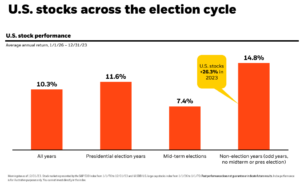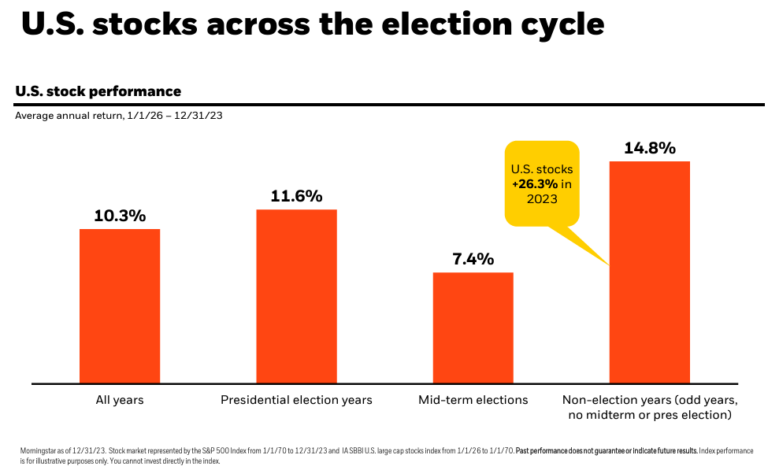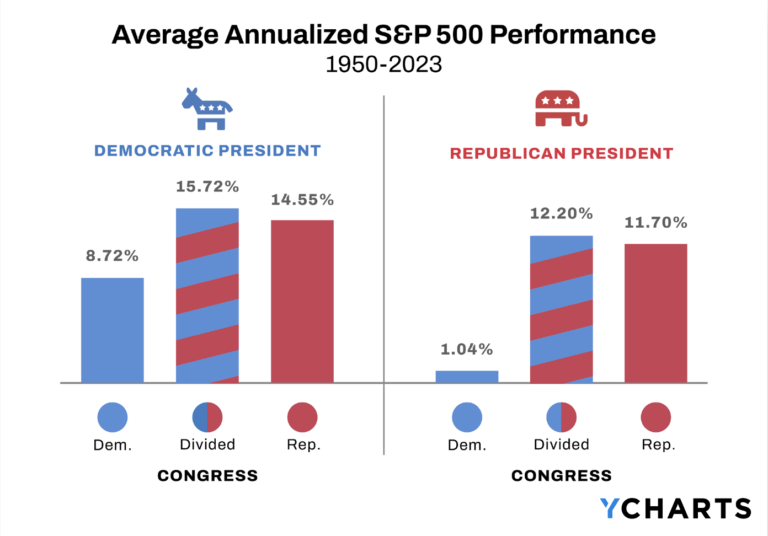With interest rates going up, Americans are rushing into U.S. Treasuries at a record pace. Wondering if you should buy Treasury notes or bills in your portfolio? Here’s how a Treasury strategy can add value to your investments in certain situations and some caveats to be aware of.
How Treasuries Work
Treasuries come in a few forms: T-bills, notes, bonds are among the most common. T-bills mature in a year or less and notes between two and 10 years.
When you buy a government bond, assuming you hold it to maturity, you will get a guaranteed rate of return (yield to maturity). You know the yield to maturity before you buy the bond. The shortest U.S. bonds, T-bills, are sold at auction at a discount to the face value (par). Bills mature at par and don’t pay interest.
Treasury notes and bonds pay interest every six months. They can be sold at auction at a discount, par, or even a premium depending on the terms of the bond (yield to maturity and interest rate).
When Treasuries are traded on the secondary market, prices will depend on prevailing interest rates, rate expectations, coupon (interest) payments, and so on. More on this later. But the takeaway is that regardless of whether you buy at initial auction or on the secondary market, if you hold the bonds to maturity, your return will be the stated yield to maturity (annualized) from purchase.
Creating a Treasury Ladder
Treasuries can be attractive because investors seldom get a guaranteed return. While not a long-term investment strategy or a way to build wealth, short-term government bonds have some appealing use cases.
With interest rates rising, government bonds have become a lot more attractive for investors searching for a return on cash. The current rate on a U.S. two year Treasury is 3.05%.¹ In comparison, Nerdwallet reports the national average rate on a high-yield savings account is .70%. (Note: both figures are annualized, so if you only hold for six months, your actual rate of return would be half).
With Treasury rates where they are, in some situations, it may be worth considering buying some for your portfolio as a cash-like holding. It’s also possible to create an income stream by laddering T-bills and notes.
With a ladder, the investor would buy Treasuries with different maturity dates. Perhaps every six months, year, or whatever matches your needs. In doing so, you can structure a ladder, where Treasuries automatically mature (at par) on a rolling basis. You can reinvest the cash (at the prevailing interest rate) to keep the latter going, take the money to supplement income, or match liabilities to cover certain expenses, like college tuition bills.
As an added bonus, interest from Treasuries isn’t subject to state taxes.
Guaranteed Return?! Why Wouldn’t Everyone Buy Treasuries?
Yes, assuming you believe the likelihood of the U.S. government defaulting is at or near zero and you hold to maturity, Treasuries are a sure thing. Sounds good, and it is, but it doesn’t mean this approach makes sense for everyone.
Here are a few reasons why
Selling early may result in a loss. The Treasury market is VERY liquid. So, there’s little risk that you couldn’t sell a Treasury before maturity if you wanted to.* The question becomes, at what price.
*Note: when buying Treasuries directly through TreasuryDirect.com, to sell before maturity, you must transfer the bond to a brokerage firm to do so. This process may take time, so consider that when setting your maturity date and deciding where to make the purchase.
Interest rates and bond prices have an inverse relationship. So if interest rates go up, your bond is worth less (all else equal). Selling early may be done at a loss. Of course, this works both ways: if the Federal Reserve cuts interest rates, buyers will pay a premium for outstanding bonds.
Time value of money. When considering a Treasury strategy, don’t lose sight of absolute dollars involved. As you’re considering an attractive yield to maturity, remember a key assumption is that those funds are unavailable until maturity.
For example, assume you buy a one-year T-bill with a $1 million par value and a 2% yield to maturity. When the bill matures, your total dollar return is roughly $20,000. Certainly not an insignificant amount of money, but does it adequately compensate you for a full year? Maybe yes, maybe no.
Using the right comparison. Following on the point above, when considering Treasuries, particularly shorter notes (2-3 years) and T-bills, weigh alternatives using the right comparison. For example, assume you have cash in the bank that you’re keeping for a purchase in a year. Your safe options are to put money in a high yield savings account, CD, or buy a Treasury. So you’ll be comparing returns of cash and cash-like vehicles including the fixed yield to maturity on Treasury or CD and a high yield savings account APY that can go up or down.
But if you don’t need the cash and are considering different investment options, the calculus changes considerably. It wouldn’t make sense to try and compare T-bills to the S&P 500.
Should You Buy Treasuries?
Treasuries are liquid, safe, and backed by the American government. And these days, investors can actually get a decent return on their investment. That’s the good news. But the bad news, and what every investor thinking about buying treasuries should consider is how prices can move before maturity. Year to date, the Bloomberg U.S. Treasury index is down almost 9.3%.² Granted, bonds are having one of the worst years ever overall, but it bears repeating that Treasuries aren’t riskless unless held to maturity.
Overall, given the current rate environment, in the right situations, buying U.S. Treasuries can make a lot of sense.
*Updates as of 9/30/2022*
- Bloomberg U.S. Treasury index is down 13.09% year-to-date
- 1-year Treasury is yielding 4.05%
- 2-year Treasury is yielding 4.22%
Article written by Darrow Advisor Kristin McKenna, CFP® and originally appeared on Forbes.
¹ As of 6/10/2022
² As of 6/9/2022










